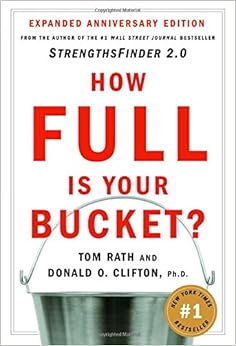Articles
5 Tips for Better Relationships With Your Students – NEA
Featured article: Unconditional Positive Regard and Effective School Discipline By Dr. Eric Rossen
The Teacher as Warm Demander by Elizabeth Bondy and Dorene D. Ross
Educator’s Guide to Preventing and Solving Discipline Problems by Mark Boynton and Christine Boynton
The Power of Positive Regard by Jeffrey Benson
Building Positive Teacher-Child Relationships– CSEFEL

Unconditional Positive Regard
Carl Rogers described unconditional positive regard (UPR) as love and acceptance that are not dependent upon any particular behaviors. He often used the term “prizing” as shorthand for this feature of a relationship. According to Rogers, prizing is particularly important in the parent-child relationship.
Unconditional Positive Regard
Carl Rogers described unconditional positive regard (UPR) as love and acceptance that are not dependent upon any particular behaviors. He often used the term “prizing” as shorthand for this feature of a relationship. According to Rogers, prizing is particularly important in the parent-child relationship. Rogers argued that children who are prized by their parents experience a greater sense of congruence, have a better chance to self-actualize, and have are more likely to become fully functioning people than those whose parents raise them under “conditions of worth.”
Unconditional positive regard is also a crucial component of Rogers’ approach to psychotherapy. In fact, along with empathy and genuineness, Rogers asserted that UPR was one of the necessary and sufficient elements for positive psychotherapeutic change. When Rogers described UPR as “necessary,” he communicated that an unconditionally accepting and warm relationship between therapist and client is a prerequisite for therapy to be effective. This assertion is not particularly shocking; most individuals seeing a therapist would probably expect the therapist to have this type of nonjudgmental attitude, and would also probably expect therapy to progress poorly if the therapist was in fact judgmental or conditionally disapproving. When Rogers described UPR as “sufficient,” however, he made a bolder statement. The term “sufficient” suggests that if a therapist provides UPR, along with empathy and genuineness, to a client, the client will improve. No additional techniques or strategies are needed. The therapist need not analyze any dreams, change any thought patterns, punish or reward any behaviors, or offer any interpretations. Instead, in the context of this humanistic therapy relationship, the client will heal himself or herself by growing in a self-actualizing direction, thereby achieving greater congruence. This “necessary and sufficient” claim holds true, according to Rogers, regardless of the diagnosis or severity of the client’s problem.
In addition to the parent-child and therapist-client relationship, Rogers also considered the value of UPR in other relationships and situations. For example, he spent significant time and energy discussing the role that UPR might play in education, and in the teacher-student relationship in particular. Rogers criticized the mainstream American educational system as overly conditional. He believed that educators too often used the threat of poor grades to motivate students, and that students felt prized only when they performed up to educators’ standards (as measured by grades on exams, papers, etc.). He further believed that students may emerge from school having learned some essential academic skills, but also having learned that they are not trustworthy, that they lack internal motivation toward learning, and that only the aspects of themselves that meet particular academic criteria are worthy.
Rogers strongly recommended that teachers and administrators take a more humanistic and less conditional approach to education. He argued that UPR in schools would communicate to children that they are worthy no matter what; as a result, their sense of congruence and their tendency toward self-actualization would remain intact. Students, according to Rogers, should be trusted to a greater extent to follow their own interests and set to their own academic goals. Rather than threatening students to study for exams and write papers in which they have little interest, prize them wholly and allow them greater freedom to choose that which they want to pursue. Advocates of Rogers’ humanistic approach to education argue that it would enhance students’ self-worth, which in turn may preclude many of the psychological and social problems that children encounter. Critics of Rogers’ humanistic approach to education argue that without conditions of worth based on academic achievement, students would have no provocation to learn, and would demonstrate lethargy rather than self-motivation.
Andrew M. Pomerantz, Ph. D.












